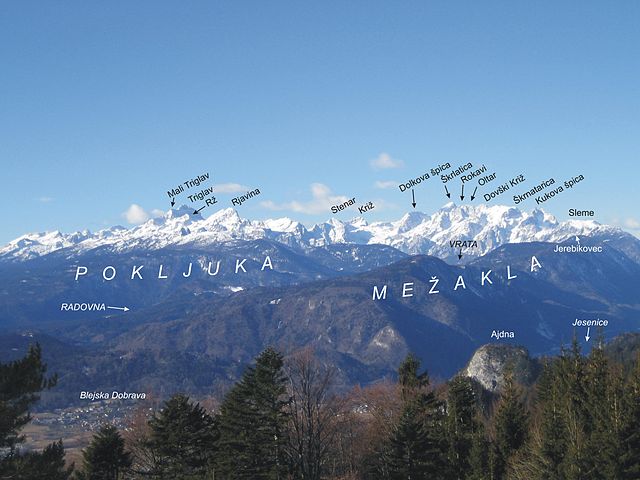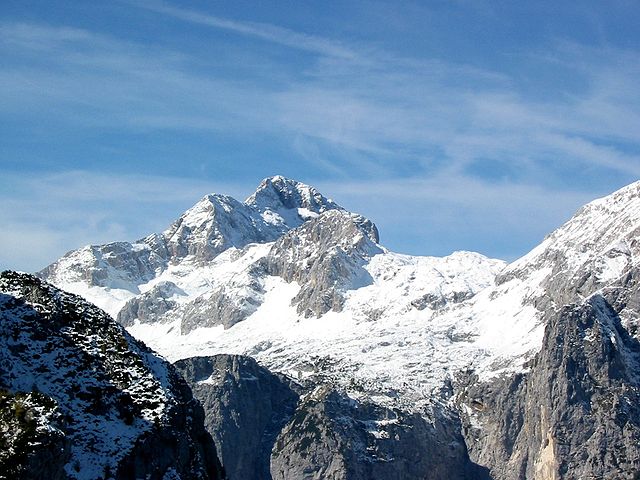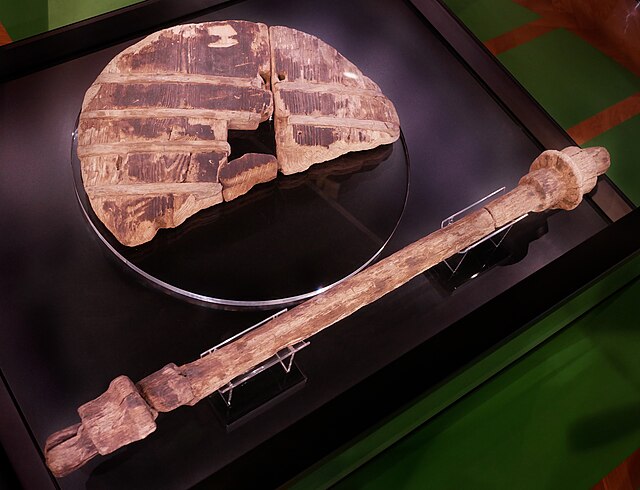The Julian Alps are a mountain range of the Southern Limestone Alps that stretch from northeastern Italy to Slovenia, where they rise to 2,864 m at Mount Triglav, the highest peak in Slovenia. A large part of the Julian Alps is included in Triglav National Park. The second highest peak of the range, the 2,755 m high Jôf di Montasio, lies in Italy.
The Eastern Julian Alps and Mount Triglav
Triglav from Debela Peč
The Julian Alps, from the Vršič Pass
Edelweiss, Julian Alps, Slovenia
Slovenia officially the Republic of Slovenia, is a country in southern Central Europe. Slovenia is bordered by Italy to the west, Austria to the north, Hungary to the northeast, Croatia to the south and southeast, and a short coastline within the Adriatic Sea to the southwest. Slovenia is mostly mountainous and forested, covers 20,271 square kilometres (7,827 sq mi), and has a population of approximately 2.1 million. Slovene, a South Slavic language, is the official language. Slovenia has a predominantly temperate continental climate, with the exception of the Slovene Littoral and the Julian Alps. A sub-mediterranean climate reaches to the northern extensions of the Dinaric Alps that traverse the country in a northwest–southeast direction. The Julian Alps in the northwest have an alpine climate. Toward the northeastern Pannonian Basin, a continental climate is more pronounced. Ljubljana, the capital and largest city of Slovenia, is geographically situated near the centre of the country.

Nazi Germany Hungary FascistItaly IndependentState ofCroatia
A pierced cave bear bone, possibly a flute made by Neanderthals dating to Late Pleistocene
Ljubljana Marshes Wheel dating to Neolithic period is the oldest wooden wheel yet discovered.
A depiction of an ancient democratic ritual of Slovene-speaking tribes, which took place on the Prince's Stone in Slovene until 1414








